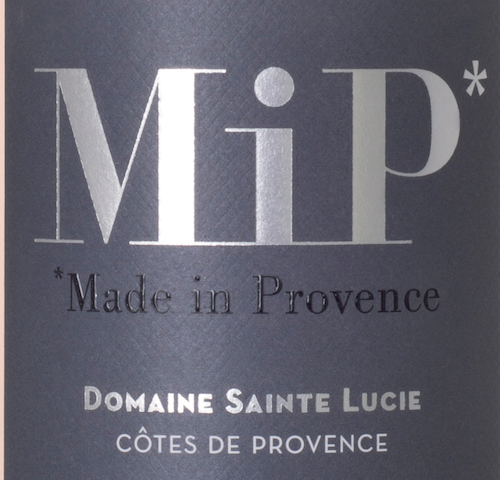 Summer seems to be dragging its heels and taking an inordinately long time to get here. I seem to remember that by late May a few years ago, I’d enjoyed at least a couple of picnics in the hazy sunshine on Hampstead Heath (or maybe I’m just succumbing to selective memory syndrome, and May is always as fitfully springlike as it seems to be this year).
Summer seems to be dragging its heels and taking an inordinately long time to get here. I seem to remember that by late May a few years ago, I’d enjoyed at least a couple of picnics in the hazy sunshine on Hampstead Heath (or maybe I’m just succumbing to selective memory syndrome, and May is always as fitfully springlike as it seems to be this year).
On the principle of the magic cigarette (back in the dim, dark, distant days when I used to smoke, the one guaranteed way to make a long-awaited bus appear or to hasten sluggish service in a restaurant was to light up a fag), I’m hoping to speed up the arrival of summer by opening a bottle or two of rosé in the next week or so.
The notion might have occurred to me while I was making my way round Lea & Sandeman‘s tasting this week. Among the standouts were some of the rosés made by Domaine Sainte Lucie, a producer whose vineyards lie at the foot of the Mont Saint Victoire, a limestone ridge that obsessed Cézanne when he was living in nearby Aix-en-Provence.
In wine terms, the area is best known for its rosés. I’ve long admired Domaine Sainte Lucie’s range because I think they really deliver value for money (not always the case with Provence rosés, whose palor often reflects their wishy-washy fruit). There’s been a growth of interest in top-end rosés (particularly those from Provence, but also from further afield) in recent years, but I must admit that I’m not necessarily a fan of the blingiest of these bottlings. I’m all for rosé being taken seriously, but IM(not very)HO a wine doesn’t need to be aged in oak (what’s the point of an oaky rosé when the pleasure lies in bright fruit and fresh acidity?) to be taken seriously. I also draw the line at paying upwards of £30 for a bottle of the pink stuff when there’s a shedload of great rosés on the market for far less money.
I’d be really happy with a chilled glass or two of the MiP* (Made in Provence) Classic Rosé, Côtes de Provence, 2014, on a summer’s evening. It’s a fairly straightforward Cinsault-dominant pink with plenty of strawberry and melon fruit and a refreshing twist of grapefruit pith on the finish. Not the most complex wine in the world, but sometimes a KISS (keep it simple, stupid) is just what you want. Rating: ![]()
The mid-range Made in Provence! Premium Rosé, Côtes de Provence, 2014 is a more serious affair, with some real mid-palate bite, lots of citrus and tropical fruit, and a hint of smokiness on the long, zesty finish. Rating: ![]()
If you’re going to splash out, though, the pink of choice is the top-of-the range l’Hydropathe, Elite Rosé, Côtes de Provence Sainte Victoire, 2014. The Hydropathe costs around £15.50 per bottle, which sounds like a fair whack, but when it’s stacked up against much pricier rosés it begins to look like a bit of a bargain. There’s heaps of vibrant fruit in the Hydropathe – strawberries and pineapples – and some smoky, herby notes that add complexity. The thing that lifts it beyond the merely good, though, is the long, vibrant finish: it reminds me of biting into a slightly over-ripe peach – juice to the max, the essence of summer in a glass. Rating: ![]()
I could happily drink any of these wines as an apéritif (preferably while sitting on a terrace overlooking a vineyard in Provence, but I’m prepared to settle for my south London garden), but I reckon the MiP* (damn those stupid punctuation marks that Domaine Sainte Lucie insist on using) is delicate yet fruity enough to be a good match for summer salads and seafood. I’d bring out the bigger guns of the Made in Provence! with a picnic, especially if there was a charcuterie platter or a Niçoise salad. The Hydropathe would perform well at the same picnic, but could also manage a barbecue, especially if you were chargrilling some prawns or a bit of chicken. Alternatively, try any of these wines with mildly spicy Asian foods – I’m thinking Indian curries, Vietnamese stir fries and Thai salads – for culinary thrills and spills.
Ratings: What do these symbols – ![]() and
and ![]() mean? (See here for a guide to my rating system.)
mean? (See here for a guide to my rating system.)

